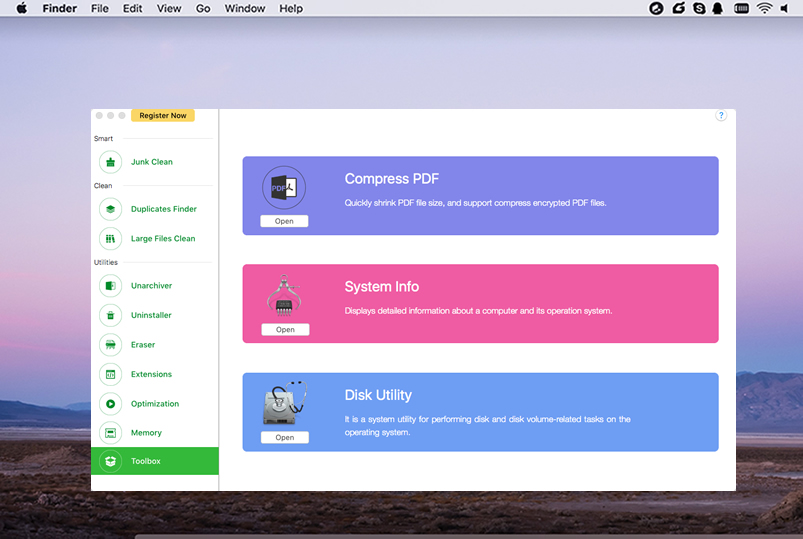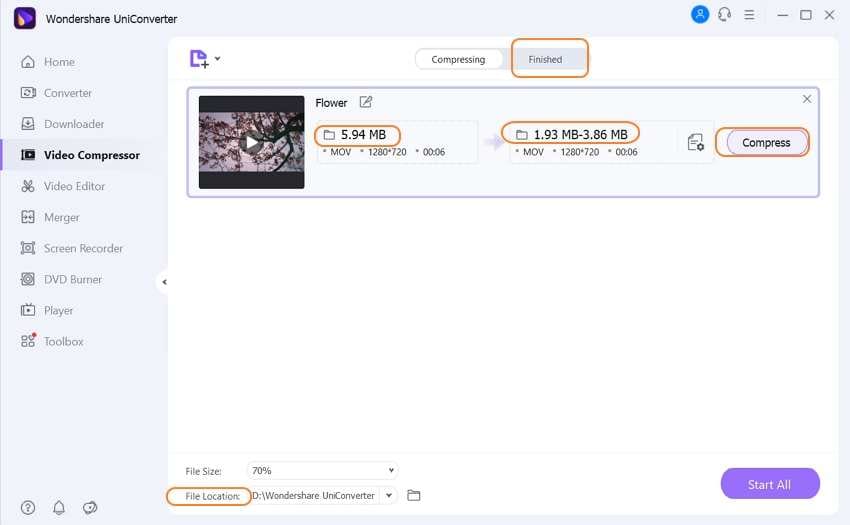


If you are interested in reading, skip the video for now and watch it after the completion of reading this article.

We Provided this article in the form of a Video Tutorial for our reader’s convenience. How to compress files on Mac by creating a Zip File Video Tutorial
You must compress Large data files to save storage capacity. In this case you can send single zip file by reducing transmission time and email size. When dealing with email, sometimes you may need to send multiple attachments. Files are compressed into zip format and then unzip to extract them when required. So that, it is efficiently stored and better way to transport. This is the popular and most important compression format. All the related files can be kept together in zip format. zipx even called sometimes as ‘archives’ contain one or more files compressed. How Do I Compress a Video on a Mac For Free. How to compress files on Mac by creating a Zip File. The Unix zip utilities are also available from the This will decompress the file or folder and place it in the same directory as the compressed file.Ĭompressed file is not deleted automatically and will remain in the Highlight and right-click the archive you wish to decompress. The original one, there is a chance you will overwrite the original If you choose to create anotherĬompressed archive in the same folder without first moving or renaming Note: You cannot name the zip file during itsĬreation (the name given by default is archive.zip), but Note that your original files (from which the compressedįile was made) are not deleted automatically, and will remain in the zip file will be created in the same directory as If you do not have a mouse with a right-clickīutton, highlight the selection and hold down the Control key Somewhere within the selected files, right-click, and then chooseĬompress. Highlight the selection to be compressed. If you're using Mac OS X, the operating system compresses andĭecompresses zip files for you. Zip is a standard compression and archivalįormat. Before you can read or run all the separateįiles and programs, you must use an archiving program to extract theįiles from the archive. Separate files in one large archive, which often take up less space Something else CleanMyMac X can do is find. As you can see, I’ve found 6.6 GB worth of archives on my Mac. 
Next sort the results by Archives: this will show hidden and forgotten ZIP and RAR files Either delete or unzip/decompress them and free up some space. Information here may no longer be accurate, and links may no longer be available or reliable.Ĭompressed (i.e., archived or zipped) files may contain many Firstly, get CleanMyMac X (Download a free version here) Now click Large & Old files. This content has been archived, and is no longer maintained by Indiana University.








 0 kommentar(er)
0 kommentar(er)
